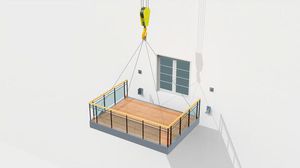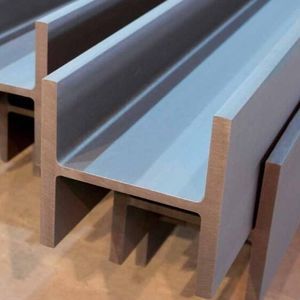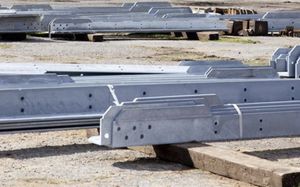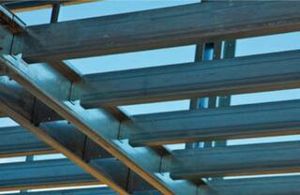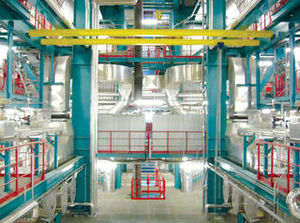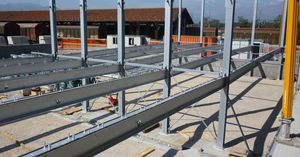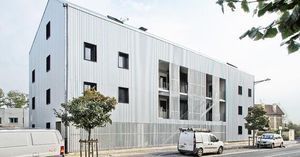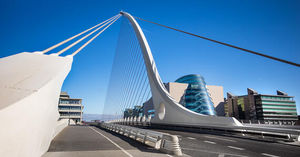
- Building & Construction
- Structural element
- Hollow beam
- ARCELORMITTAL Long
Hollow beam EN10210steeltubularframing



Add to favorites
Compare this product
Characteristics
- Specifications
- hollow
- Material
- steel
- Cross section
- tubular
- Applications
- framing, for structure
Description
ArcelorMittal welded hollow sections are the optimum structural solution for columns (elements under compression), purlins (elements under bi-axial bending), and as part of lattice girders (leading to economic solutions for free spans from 20m onwards).
The wide ArcelorMittal offer (cold-formed, hot-formed, and hot-finished welded hollow sections in different steel grades) provides designers with the ideal solution for any structural requirement.
ArcelorMittal welded hollow sections can be produced by three different manufacturing methods:
Cold forming
Cold-formed hollow sections are manufactured through the continuous forming at room temperature of a steel strip passing through forming stands that progressively bend it into a circular shape. This circular shape then enters a welding stand that joins the strip edges together in a continuous longitudinal weld seam. After the welding station, the outside seam of the circular tube is removed, and the final shape (circular, square, rectangular) and precise dimensions of the tube are achieved by passing it through sizing stands.
A cutting saw then divides the length of the welded tube into standard or customised lengths as required. Weld seams are ensured via electromagnetic NDT inspection.
These products meet all of the EN 10219 standard requirements.
Hot forming (stretch reduction)
Hot-formed hollow sections are manufactured by firstly obtaining a cold-formed hollow section (a mother tube) through the continuous forming at room temperature of a steel strip passing through forming stands that progressively bend it into a circular shape.
Catalogs
ArcelorMittal Piling Handbook
368 Pages
*Prices are pre-tax. They exclude delivery charges and customs duties and do not include additional charges for installation or activation options. Prices are indicative only and may vary by country, with changes to the cost of raw materials and exchange rates.



